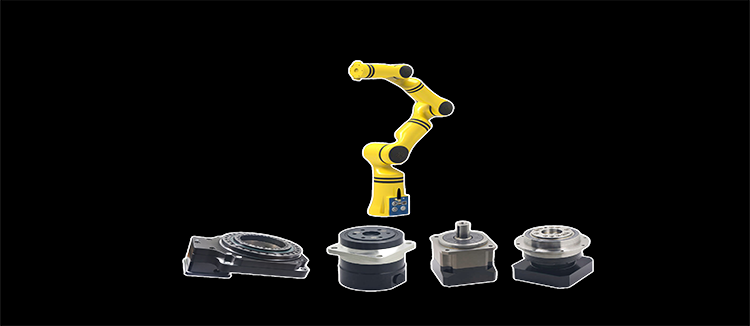Understanding the Revolutionary DD Motor: Precision, Efficiency, and Innovation
When it comes to the world of precision motion control, the DD motor stands out as a beacon of technological advancement. This article delves into the intricacies of the DD motor, exploring its unique features, applications, and the impact it has had on various industries. The DD motor, or Direct Drive motor, is a type of electric motor that has revolutionized the way we approach motion control with its direct coupling between the motor and the load, eliminating the need for mechanical transmission elements such as gears or belts.

The DD motor's design is a testament to engineering simplicity and efficiency. By directly connecting the motor to the load, it minimizes energy loss and mechanical wear, which are common issues with traditional motors that rely on intermediate transmission mechanisms. This direct coupling not only enhances the motor's efficiency but also significantly improves its precision and controllability. The absence of backlash and the ability to achieve high torque at low speeds are just two of the many benefits that the DD motor offers.
Precision is a key aspect where the DD motor excels. In applications requiring high accuracy, such as in semiconductor manufacturing or medical equipment, the DD motor's direct drive capability ensures that there is no loss of motion fidelity. This means that every command sent to the motor is executed with utmost precision, leading to better performance and reliability in critical applications.
Efficiency is another area where the DD motor shines. By eliminating the energy losses associated with mechanical transmissions, the DD motor can operate with higher efficiency, which is particularly important in energy-sensitive applications. This efficiency gain translates into lower operating costs and a reduced environmental footprint, making the DD motor an attractive choice for green technology initiatives.

Innovation is at the heart of the DD motor's development. As technology progresses, the demand for more precise and efficient motion control solutions grows. The DD motor meets this demand by offering a platform that can be customized to fit a wide range of applications. From small-scale desktop machines to large industrial equipment, the DD motor's scalability and adaptability make it a versatile choice for engineers and designers alike.

The DD motor's impact on various industries is profound. In the field of robotics, the DD motor enables the creation of more agile and responsive machines. In the medical sector, it contributes to the development of advanced diagnostic and surgical tools. In the semiconductor industry, it plays a crucial role in the manufacturing of smaller, more powerful chips. The list of applications is vast, and the DD motor's influence continues to expand as new uses are discovered.
As the DD motor continues to evolve, so does its potential for innovation. With ongoing research and development, we can expect to see even more advanced features being integrated into future DD motor designs. These could include improved control algorithms, higher power densities, and enhanced integration with other smart systems, further solidifying the DD motor's position as a key technology in the world of precision motion control.
The future looks bright for the DD motor, and its influence on precision motion control is only set to grow. As industries continue to push the boundaries of what is possible, the DD motor stands ready to meet these challenges with its unparalleled combination of precision, efficiency, and innovation.










